Malta is home to more than 360 churches on just 122 square miles of land. We passed by quite a few churches and domes, too many to even list any names.
During World War II, Malta was heavily bombed, having been a strategic outpost for the Allies. The bombing was so extensive that by the end of the war, Malta was considered the most-bombed nation on the planet. Later on, this title went to Laos, because of its bombing during the Vietnam War.
Quoted from Wikipedia:
The George Cross was awarded to the island of Malta by King George VI of the United Kingdom in a letter dated 15 April 1942[1] to the island’s Governor Lieutenant-General Sir William Dobbie, so as to “bear witness to the heroism and devotion of its people”[2] during the great siege it underwent in the early parts of World War II. The George Cross is woven into the Flag of Malta and can be seen wherever the flag is flown.
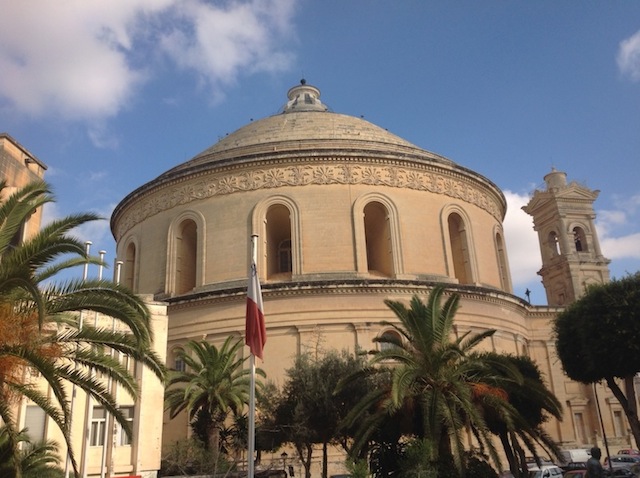
Dome in Mosta
The best way to travel around the main island is by tour bus. We took the North tour one day, and the South tour the following day by double-deck buses.
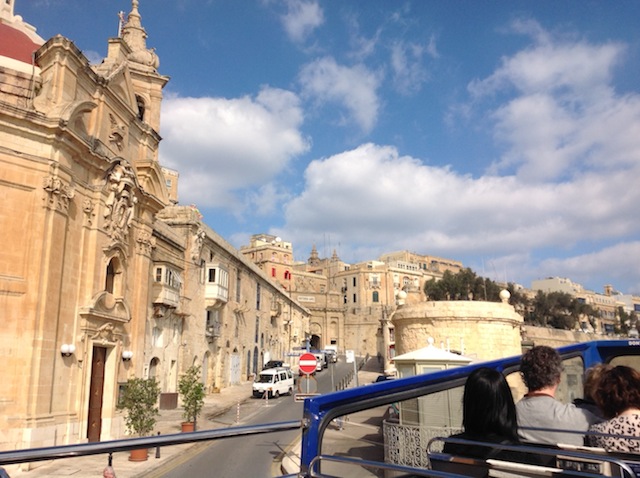
Touring Valetta. We had head phones to listen to the recording, but sitting on the deck of the bus, made listening very difficult during traffic.
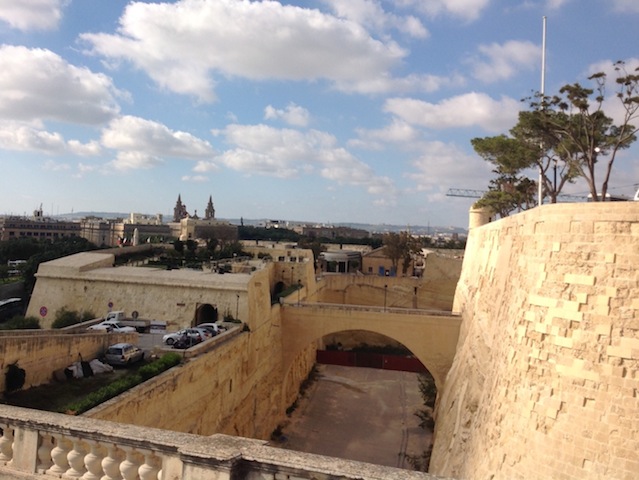
We got off in Birgu to take a look around for half an hour. More churches.
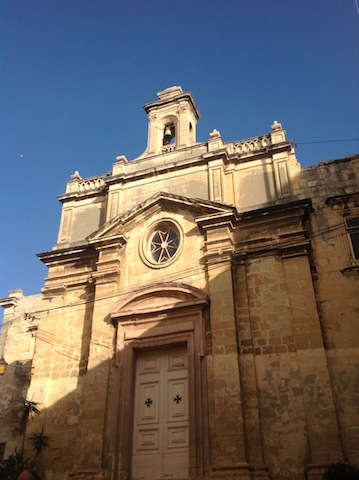
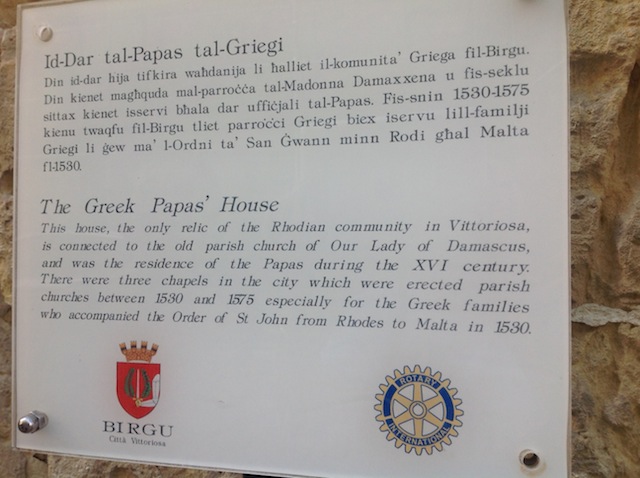
The next bus for Birgu was supposed to come by 30 minutes later, but some Maltese have a very different attitude towards time and timing, especially compared to us Germans. Be prepared that buses sometimes are late or do not even show up, which was the case in the town of Birgu.
The bus stops are usually located in very nice areas, so waiting another 30 minutes was no problem. We were waiting in the sunshine! We watched this man throw out his fishing rod for about 40 minutes. The fish were so quickly off with his bait, it looked like he had come to feed them.
In the end, he dumped the remainder of his bait straight into the water. It was fun watching him.
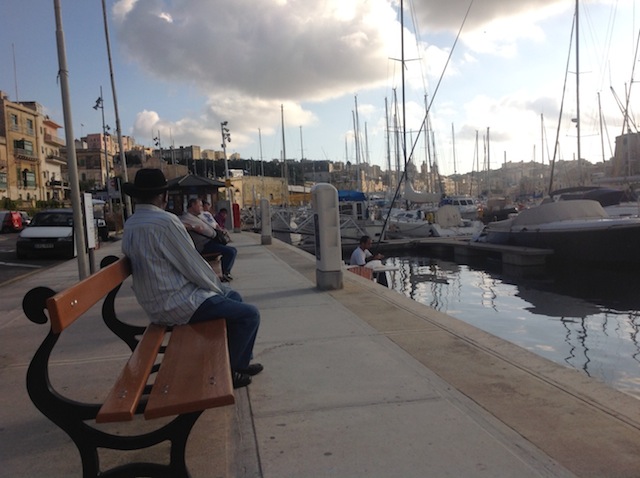
Touring the island by bus is great. Hotels usually sell tickets, and you also find ticket sellers at the bus stop. They are working on commission, and we overheard a feisty female Irish ticker seller arguing over customers with an elderly male Maltese. Be prepared for entertainment.
North tour: 15 euro p.p.
South tour: 17 euro p.p.



